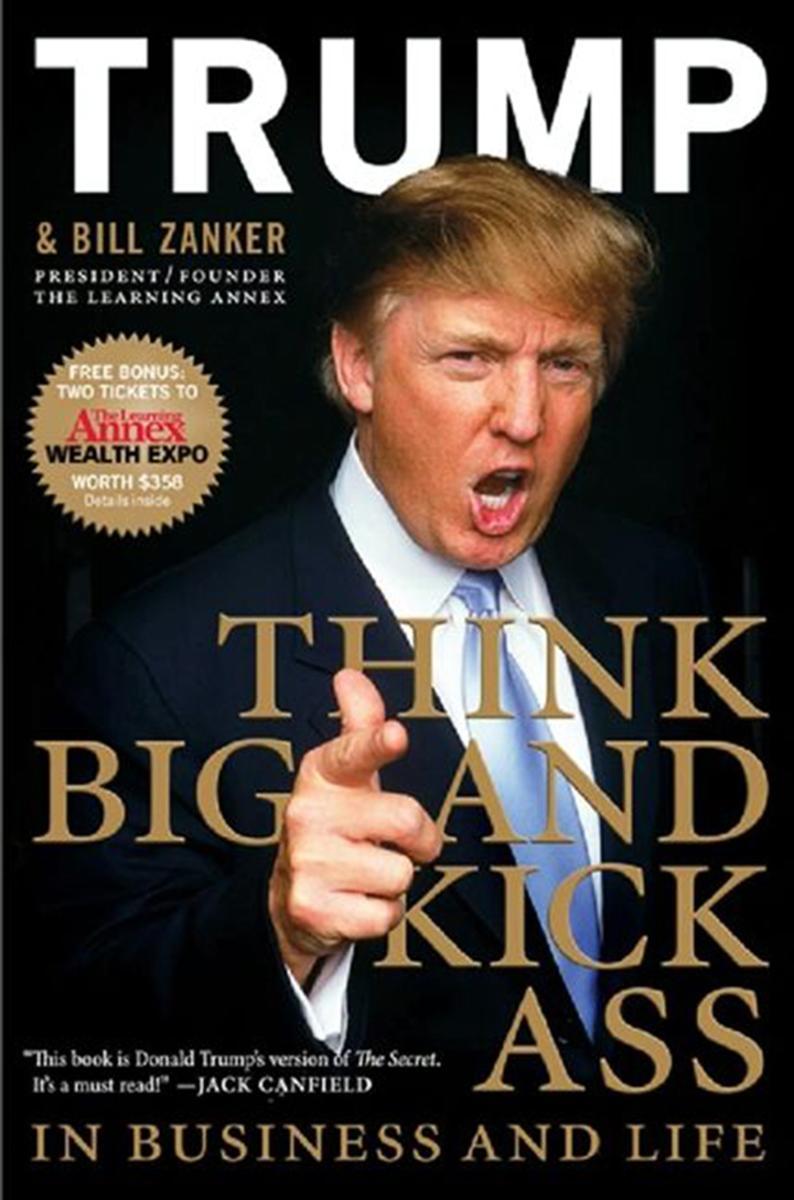
Think BIG and Kick Ass in Business and Life
¥94.10
Donald J. Trump is an icon: the very definition of the American success story. The star of The Apprentice and developer of some of the planet's most prestigious real estate, he's been on the bottom and risen to become one of the world's wealthiest men. Bill Zanker started The Learning Annex with $5,000 and grew it into a $5 million a year company. That was before he met Donald Trump. Thirty months later, after Zanker learned to think BIG himself, The Learning Annex is generating over $100 million a year in sales and still growing. Together, they're living examples of how thinking BIG and knowing when to back up your opinions aggressively regardless of what your critics or opponents might say can help you maximize your personal and professional achievements. For the first time ever, you too can learn Trump's secrets to thinking BIG and kicking ass! Learn: Momentum: the Big Mo. How to get it and how to get it back. Revenge: how and when to get it (and why it's so sweet). "I love you, now sign this!" Why contracts in business and personal life are so important. Real-life stories from people who've applied the think BIG formula in their own lives. These strategies are proven and attested to by those who've learned to think BIG from Donald Trump and found success in their own lives. Bill Zanker used Donald's strategies to grow the revenues of The Learning Annex twenty times in under three years. Both of them have been down and out, and know what it's like to feel the whole world's against you and both have risen to dizzying heights of success by thinking BIG and kicking ass! It is an attitude that can be easily learned.
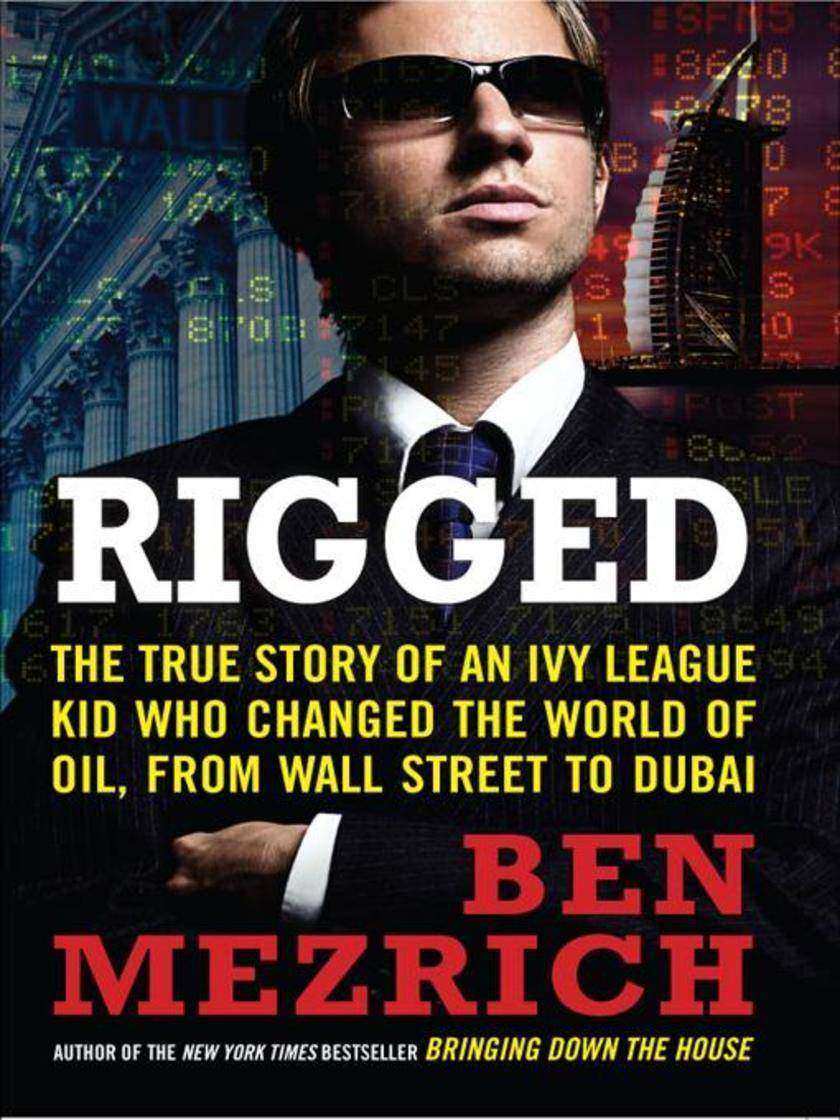
Rigged
¥83.92
From the author who brought you the massive New York Times bestseller Bringing Down the House, this is the startling rags-to-riches story of an Italian-American kid from the streets of Brooklyn who claws his way into the wild, frenetic world of the oil exchange.After conquering the hallowed halls of Harvard Business School, he enters the testosterone-laced warrens of the Merc Exchange, the asylumlike oil exchange located in lower Manhattan. A place where billions of dollars trade hands every week, the Merc is like a casino on crack, where former garbagemen become millionaires overnight and where fistfights break out on the trading floor.This ordinary kid has traded Brooklyn for the gold-lined hotel palaces of Dubai. He keeps company on the decks of private yachts in Monte Carlo teeming with half-naked girls flown in by Saudi sheiks and makes deals in the dangerous back alleys of Beijing.But the Merc is just a starting place. Taken under the wing of another young gun and partnering with a mysterious young Muslim, the kid embarks on a dangerous adventure to revolutionize the oil trading industry and, along with it, the world.Rigged is the explicit, exclusive, true story behind the headlines that dominate the world stage.
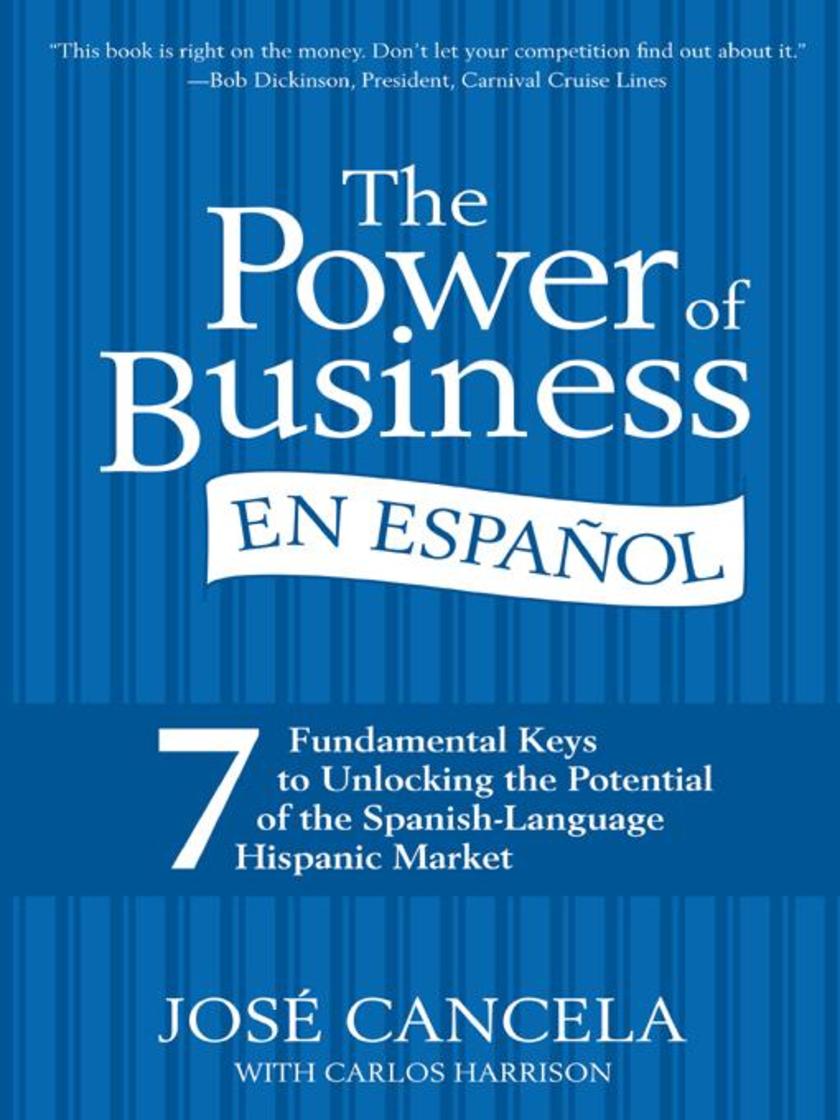
The Power of Business en Espanol
¥112.00
In The Power of Business en Espaol, Cancela, one of the most well-respected business experts in the Spanish-speaking world, provides readers with a guide to the exciting yet often confusing Spanish-language market. From how to deal with the many Spanish accents and colloquialisms to learning where the Spanish-dominant consumer really lives and spends money, The Power of Business en Espaol is a book that will demystify Spanish-dominant consumers for non-Spanish speakers. Broken down into seven easy chapters that include specific examples of real companies that have been successful (or unsuccessful) in their marketing techniques for this demographic, this handbook gives you the tools to build your business and reach out to this rapidly expanding market. Giving readers simple keys to understanding the people, the culture, and the language that unites this growing segment of the population, The Power of Business en Espaol is a road map for anyone who wants to prepare their business for the language hurdles of the twenty-first century or simply wants to learn more about their new neighbors.

Eyes Wide Open
¥94.10
This game-changing book empowers readers to become confident, independent, wise decision-makers— savvy to how our emotions, moods, and habits can trip us up. An investor wonders whether to put his money into the stock market or to keep it in a savings account. A patient is torn between opting for surgery and trying an experimental drug therapy. A college-bound student questions whether to take on debt to attend an Ivy League school or to choose a public institution with low tuition. We face momentous decisions with important consequences throughout our lives. We have never had better access to information and expertise, yet this data deluge has become a double-edged sword. Which sources of information are credibleHow can we separate the signal from the noiseWhose advice can we trustAll of these questions are reasons for us to become empowered decision-makers capable of making high-stakes choices ourselves. Whether you are a politician, a businessperson, a professional, or a parent, now is the time to take a radically different approach. In Eyes Wide Open, the bestselling author and visionary thinker Noreena Hertz shares insights from the latest research along with practical advice, including why looking at information in black and white rather than in color can lead to better decisions why it's smart to be skeptical about experts' pronouncements, and how to identify the best among them why it's crucial to carve out time to think, even in moments of crisis how and why you should regulate your emotional thermostat to make smart decisions why you need to shake up your social network if you don't want only to reinforce what you already know and amplify the beliefs you already have It's time to make decisions with our eyes wide open—for the sake of our health, our wealth, and our future security.
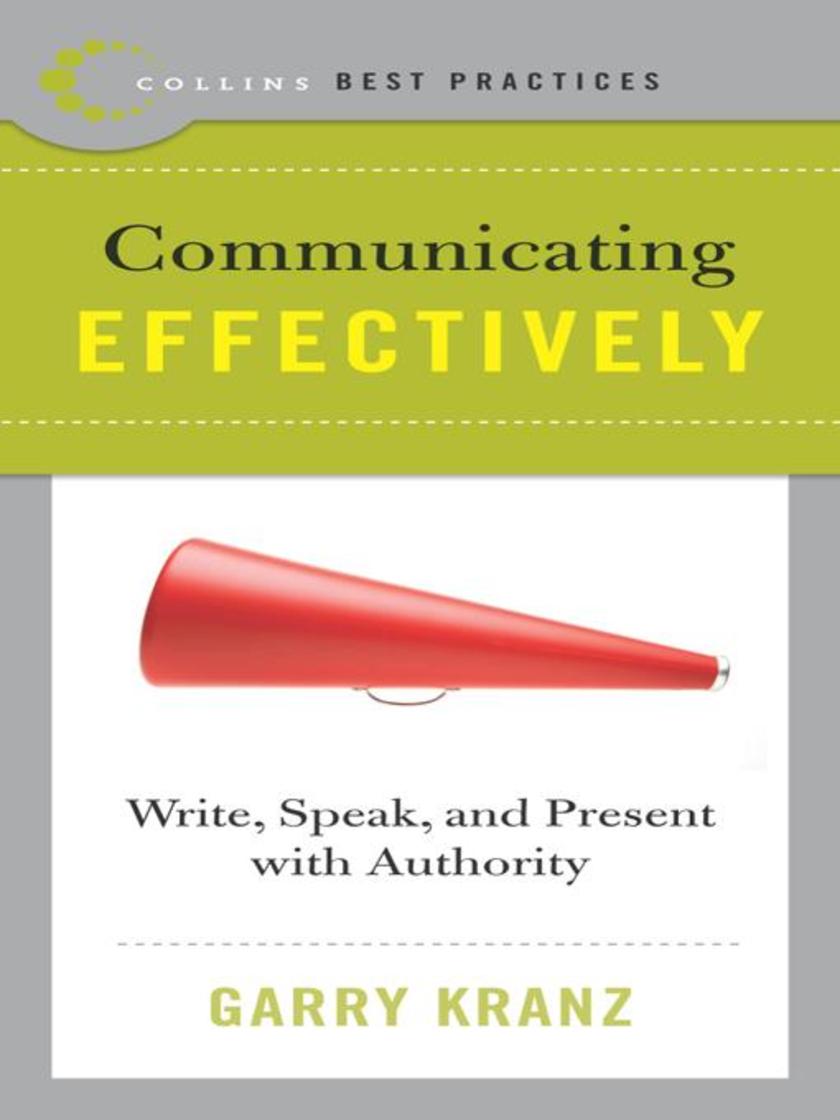
Best Practices: Communicating Effectively
¥72.70
In this age of digital communication, getting the right message across clearly is crucial to success. Communicating Effectively, a comprehensive and essential resource for any manager on the run, shows you how.Learn to: Build relationships through effective communication Get more done via e-mail Draft pitch perfect letters, memos, and reports Conduct productive conference calls Deliver hard-hitting presentations The Collins Best Practices guides offer new and seasoned managers the essential information they need to achieve more, both personally and professionally. Designed to provide tried-and-true advice from the world's most influential business minds, they feature practical strategies and tips to help you get ahead.
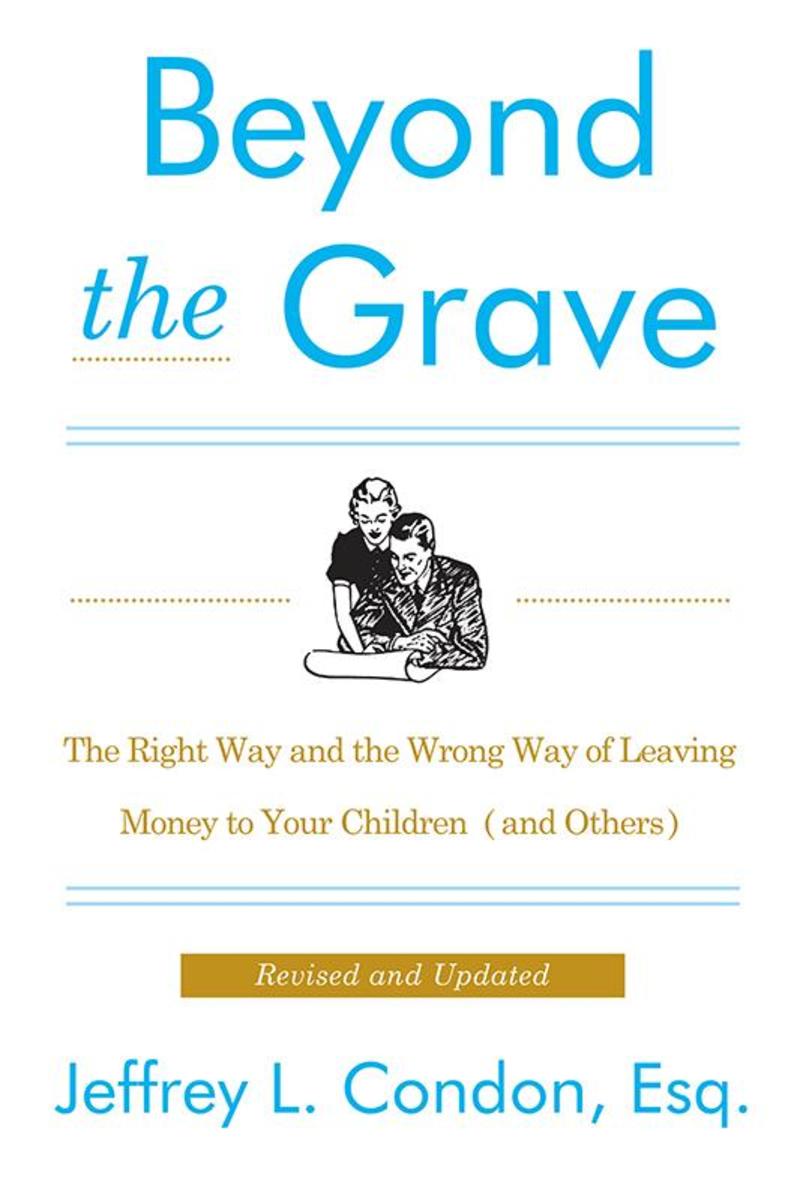
Beyond the Grave, Revised and Updated Edition
¥110.71
This expert, one-of-a-kind handbook shows you how to ensure that your inheritance instructions will be carried out the way you want them to be; protect your children's inheritance from creditors, ex-spouses, addictions, tax troubles, mismanagement, squandering, and other risks of loss; prevent family conflict that can arise when parents die and children divide the family money leave more money to your children and grandchildren, and less to the IRS; avoid creating inheritance problems in your family with cautionary tales of inheritance planning gone bad; understand why you still have to deal with estate tax issues even if your net worth falls below the new death-tax-exemption.

The One-Page Proposal
¥94.10
As clear, concise, and concrete as its subject, Patrick Riley's The One Page Proposal promises to be the definitive business guide to getting your best ideas fully understood in the least amount of time.Today more than ever, business decisions are made on the fly first impressions can make all the difference. Now, in the first book of its kind, successful entrepreneur Patrick Riley shows you how to boil all the elements of your business proposal into one persuasive page magnify your business potential in the process.
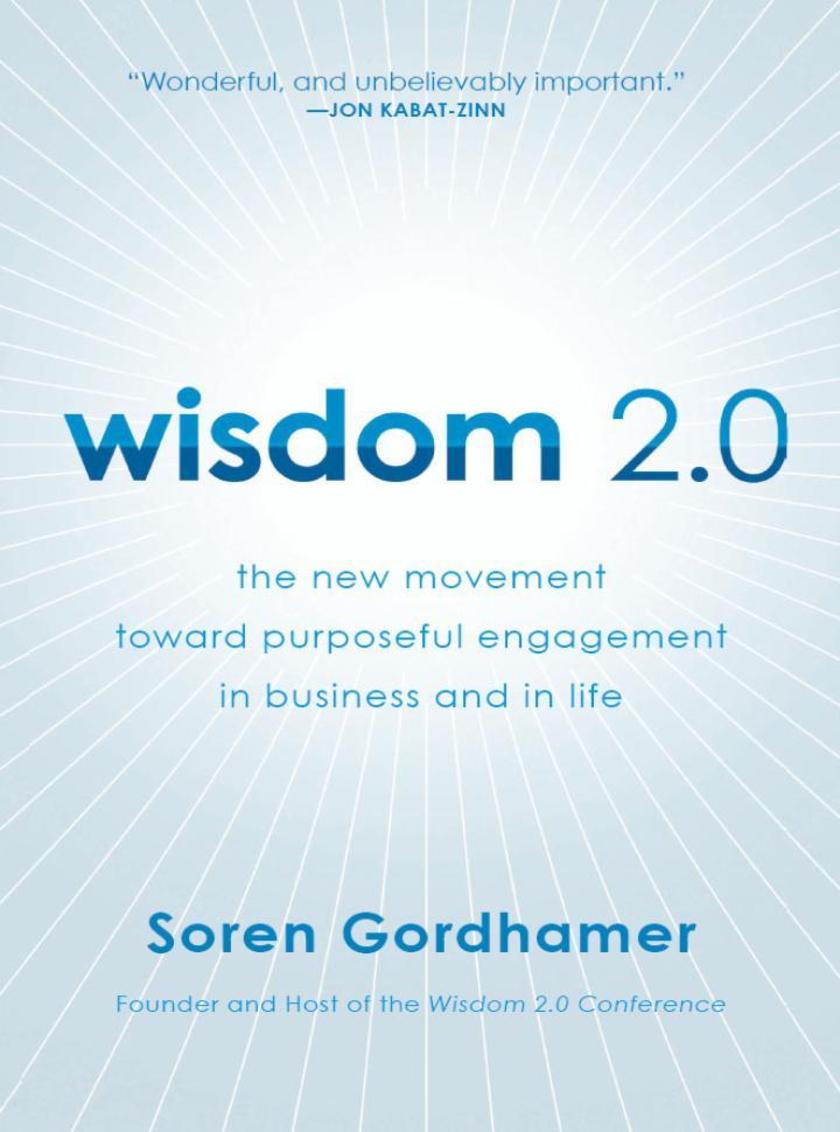
Wisdom 2.0
¥90.77
Technology is not the answer. It is also not the problem. What matters insteadAwareness, Engagement, and Wisdom.Wisdom 2.0 addresses the challenge of our age:to not only live connected to one another through technology,but to do so in ways that are beneficial, effective, and useful.
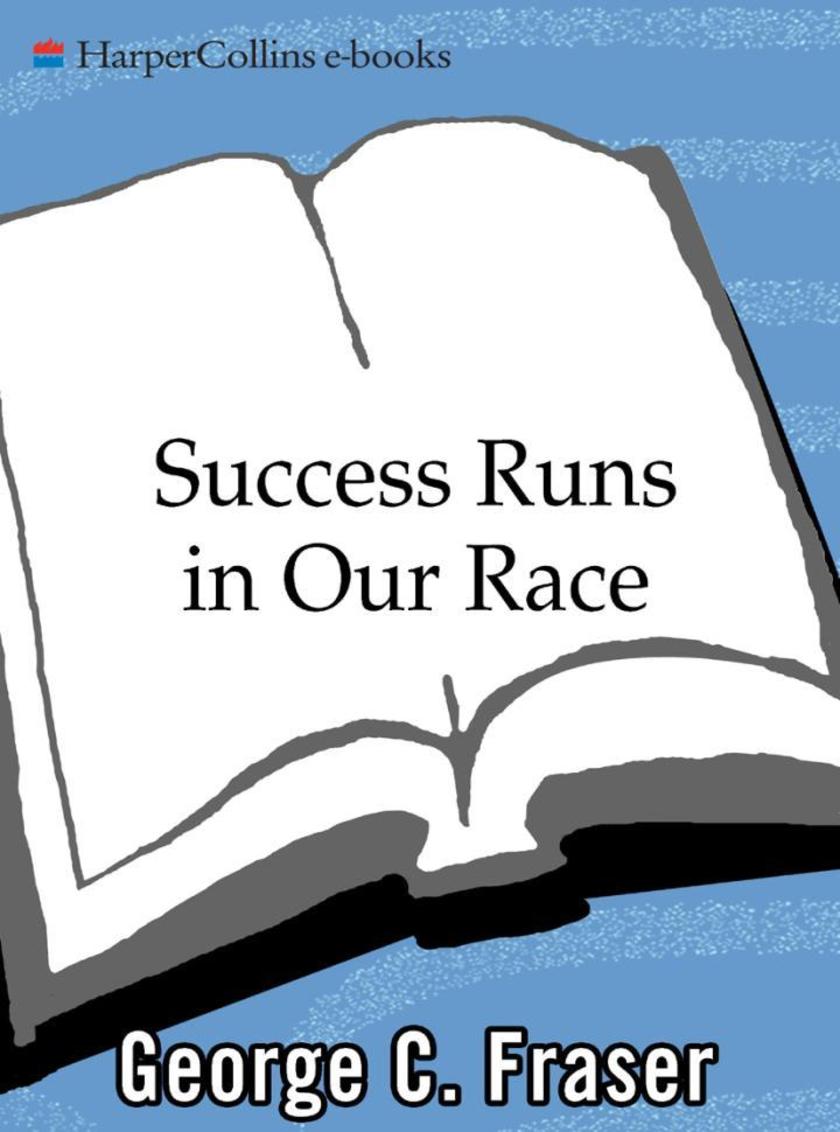
Success Runs in Our Race
¥88.56
A completely updated and revised edition of a bestselling book that has helped tens of thousands of people learn how to network effectively, Success Runs in Our Race is more important than ever in this fluctuating economy. With scores of anecdotes taken from interviews with successful African Americans -- from Keith Clinkscales, founder and former CEO of Vanguarde Media, to Oprah Winfrey -- Fraser shows how to network for information, for influence, and for resources. Readers will learn, among other things, how to cultivate valuable listening skills, which conferences blacks are most likely to attend when looking to build their business network, and how to effectively circulate a rsume.More than a guide for personal achievement, this is an information-packed bible of networking that also seeks to inspire a social movement and a rebirth of the "Underground Railroad," in which successful African Americans share the lessons of self-determination and empowerment with those still struggling to scale the ladder of success.
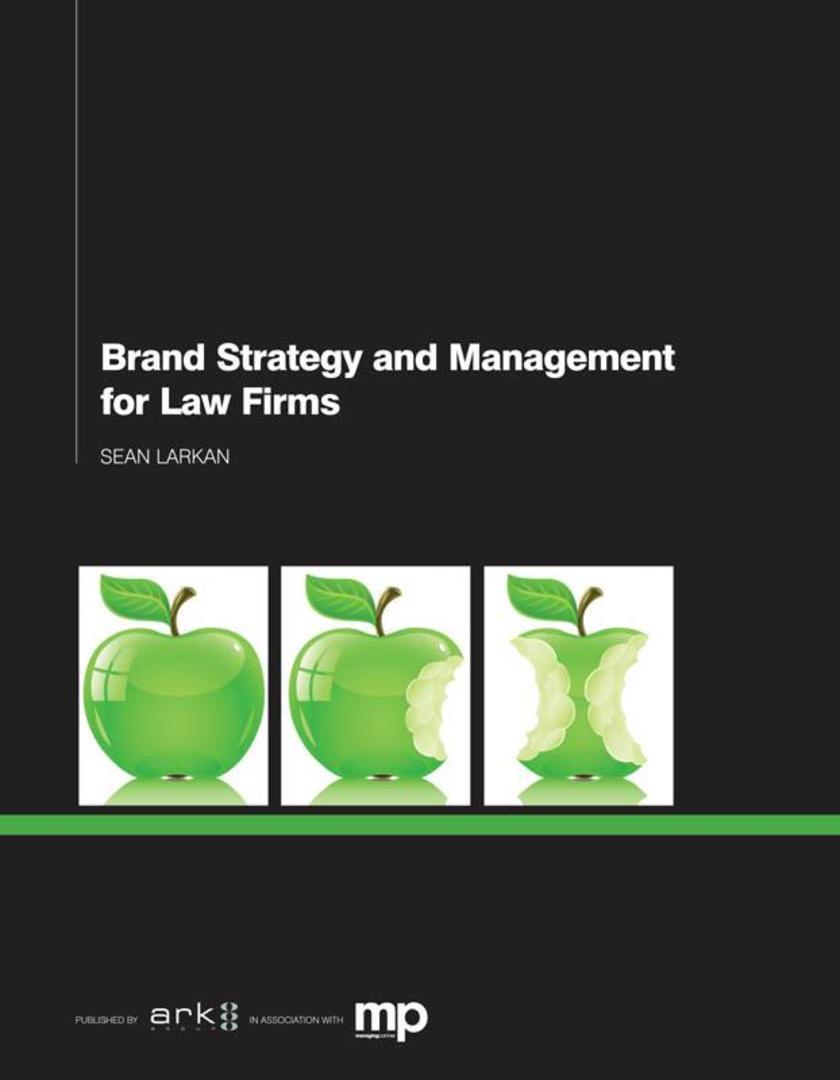
Brand Strategy and Management for Law Firms
¥2452.50
An effective brand strategy that is clearly understood and supported throughout your firm is crucial if you want to attract and retain profitable clients and sustain a talented workforce. Managing Partner’s Brand Strategy and Management for Law Firms report provides a comprehensive framework and guidelines for developing a brand strategy tailored to your firm. Packed with key concepts, practical tools, tips and advice this report will give you an understanding of brand and how it can be developed and strengthened as your firm’s most invaluable asset. Specifically, this report will help you to: Understand the key elements of personal brands, firm brand, and the employment brand – and how they relate to each other; Align your brand strategy with your overall firm strategy, vision and values; Realise the importance of brand names, icons or logos, design and aesthetics; · Understand the key brand considerations when using online channels – websites, blogs, LinkedIn, Twitter and Facebook; · Create a customised brand stress-test and make improvements to strengthen your firm’s brand accordingly and ensure its success; · Get partners and staff on board to support and grow your brand; and · Avoid brand mistakes and overcome the common challenges – including recommended steps for managing your brand before, during and following a merger. · Brand Strategy and Management for Law Firms features insightful case studies, examples and expert contributions from the likes of Norton Rose South Africa, DLA Phillips Fox, Lex Mundi, Lex Africa and more… They reveal practical tips, lessons learned and mistakes made that will prove invaluable in the development and management of your own brand strategy.
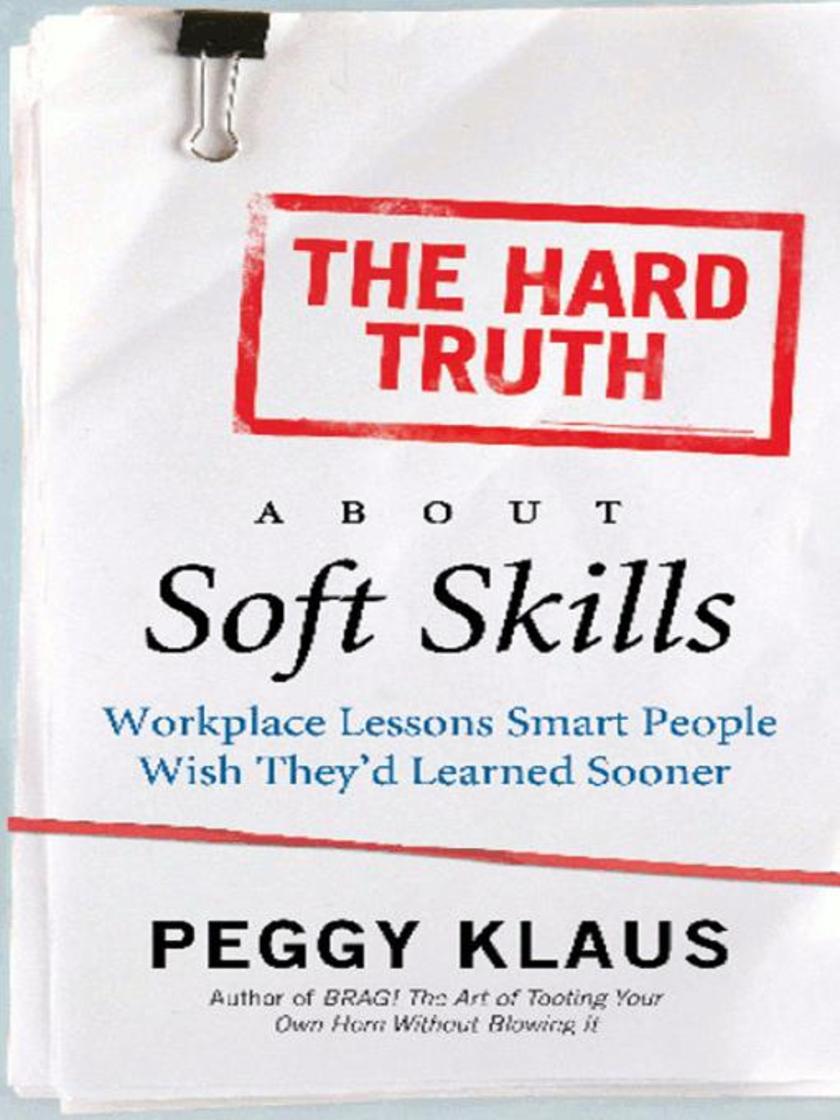
The Hard Truth About Soft Skills
¥95.39
What's the hard truthSoft skills get little respect but will make or break your career. Master your soft skills and really get ahead at work! Fortune 500 coach Peggy Klaus encounters individuals every day who excel at their jobs but aren't getting where they want to go. It's rarely a shortfall in technical expertise that limits their careers, but rather a shortcoming in their social, communication, and self-management behaviors. In The Hard Truth About Soft Skills Klaus delivers practical tools and techniques for mastering soft skills across the career spectrum. She shows how to: manage your workload handle the critics develop and promote your personal brand navigate office politics lead the troops and much more! Klaus reveals why soft skills are often ignored, while bringing their importance to life in her trademark style straightforward, humorous, and motivating. Perfect for readers at all professional stages from those who are just starting out to seasoned executives this book is essential reading for anyone who wants to take his or her career to the next level.
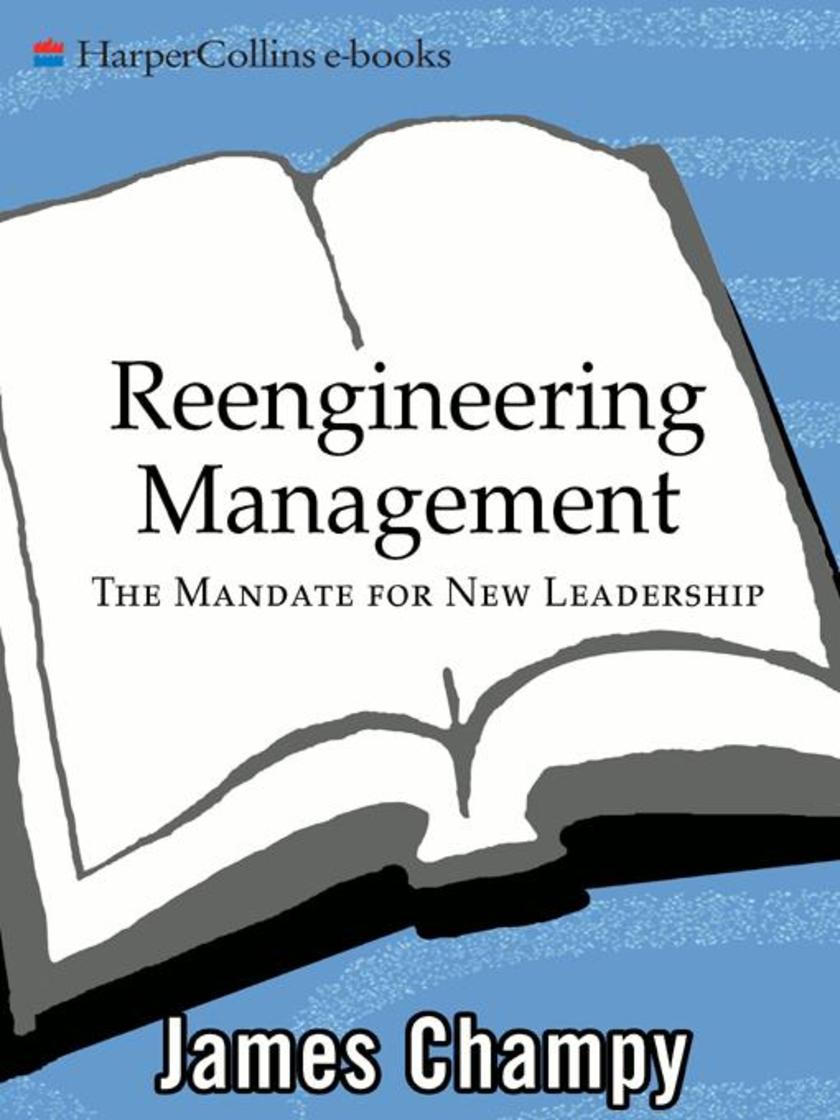
Reengineering Management
¥90.77
The co-author of the monumental bestseller Reengineering the Corporation continues the reengineering revolution with another national bestseller that has already sold more than 165,000 copies in hardcoverReengineering Management is a brilliant, practical and much needed book on the most powerful management idea of the decade. Reengineering changing the traditional and outdated organization, processes and culture of a company is corporate America's greatest challenge today.In Reengineering Management, Champy examines the far-reaching changes managers must make for themselves and their companies to succeed in an era of unprecedented competition. Through his extensive consulting and research work, he shows how reengineering succeeds only when managers reinvent their own jobs and managerial styles. Otherwise, the ultra-efficient and effective reengineered processes for acquiring and serving customers, filling orders, bringing new concepts to market and other key business activities eventually fall apart.Champy illustrates this new management agenda through first-hand experiences of managers of reengineered operations at Federal Express, Wisconsin Electric, CIGNA Health Care, Hewlett-Packard, AT&T Universal Card Services and other companies. Champy shows how they are mastering the managerial challenges of reengineering, and as a result are making their organizations exciting and competitive. As more and more organizations reengineer, the experiences of these managers will become an insiders' guide to managerial life in the company of the future.Reengineering Management picks up where Reengineering the Corporation left off by exploring the managerial implications of the reengineered workplace. As reengineering becomes critical to all organizations, Reengineering Management will be the road map for managerial success in the future. It is, indeed, the manifesto for the next managerial revolution.
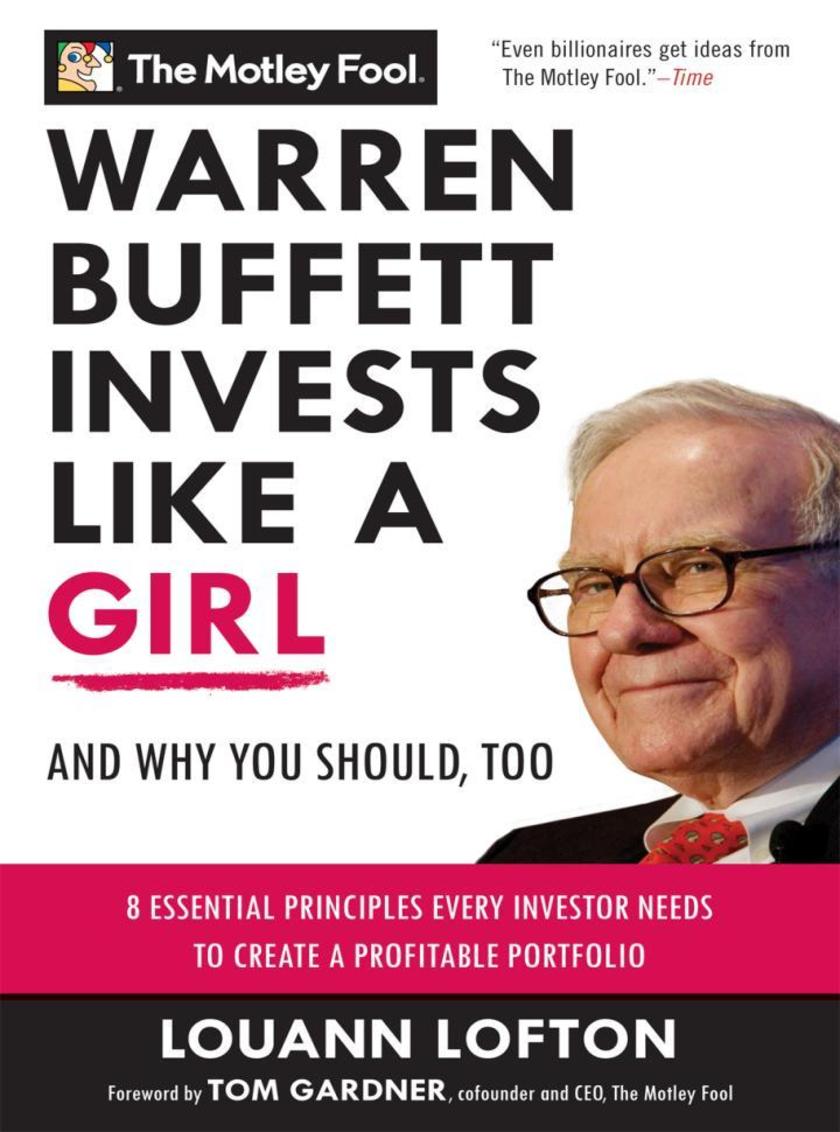
Warren Buffett Invests Like a Girl
¥94.10
Investing isn't a man's world anymore and that's a good thing for individual portfolios, Wall Street, and the world's financial system.Warren Buffett and the women of the world have one thing in common: They are better investors than the average man. Psychologists and scientists have shown that women have the kind of temperaments that help them achieve long-term success in the market. The calamities of the past several years have only provided more statistical and anecdotal evidence of the same. Here are just a few characteristics of female investors that distinguish them from their male counterparts:Women spend more time researching their investment choices and tend to take less risk than men do. This prevents them from chasing "hot" tips and trading on whims. Women are also more likely to seek out information that challenges their assumptions.One study found that men trade 45 percent more often than women do, and although men are more confident investors, they are also more susceptible to becoming overconfident. By trading more often and without enough research men reduce their net returns and increase transaction costs and capital gains taxes.Women aren't as susceptible to peer pressure as men are, which results in a more levelheaded, patient approach to investing.Women have less testosterone than men do (not a surprise, we know). New and continually unfolding science points to the possibility that testosterone is responsible for herdlike risk-taking behavior from men in the financial markets.This book shows that women, with their patience and good decision making, epitomize the Foolish investment philosophy, as well as the investment temperament of the most successful investor in history: Warren Buffett. While men may be brash, compulsive, and overly daring, women tend to be more studious, skeptical, and reasonable. The book will empower and educate women and the men smart enough to embrace a "feminine" investing style on how to strengthen their portfolios and find success in the market.

The New Rules of Money
¥88.56
Are You Playing By the New Rules?Forget what you know about personal finance. The old rules no longer apply. Ric Edelman's 88 strategies, tailor-made for today's economy, will show you how to achieve financial success. Ric is famous for making personal finance fun, and you'll discover how easy it is to put his advice into action!Is it smart to buy company stock with your 402 (k) planDiscover the right way to handle your company retirement plan. See Rule #85 Learn why you must carry a big, long mortgage -- and never pay it off! See Rule #21Learn why not to invest in the new Roth IRA-and discover the most powerful anti-tax investment available today. See Rules #69 and #76Planning to retireLearn why you won't -- and what you must do instead. See Rule #88Find out why those who invest in S&P 500 Index Funds will wish they hadn't. See Rule #36Learn why that higher - paying job could actually cost you money. See Rule #32

Career GPS
¥84.16
The workplace is constantly in flux, and even now there are new opportunities open to women. But to take advantage of these possibilities, it's essential to know the current rules for corporate success. This isn't your father's or your mother's workplace anymore! Whether it's the CEO seat, an executive manager slot, or a more intrapreneurial position, women who follow Career GPS will have what it takes to gain their professional goals.Dr. Ella L. J. Edmondson Bell, Ph.D., an authority on career development, has worked with women across a variety of fields and in different kinds of corporations, from Fortune 500s to start-ups. Here she offers guidelines to help women forge their own pathways to professional ascent, providing tips for maximizing a review, networking in a relevant way, and much more. According to Dr. Bell: Think working hard is enough to be recognizedIt's not enough to assume your effort will speak for itself. You have to socialize with the decision makers. It might not mean you have to pick up the golf clubs, but you do have to figure out what works in your own organization. Parlez-vous Fran?isLearning MandarinIf you work for a global company and aspire to an extreme job or higher, make it known that you would take an overseas assignment to advance your career. Nowhere to go right nowEven in hard times there are options. Learn a lateral skill such as accounting so when the company is firing on all engines again, you will impress through the breadth of your knowledge. Drawing from her work as a consultant to some of the country's most prestigious Fortune 100 companies, Dr. Bell helps readers succeed at every level in a dynamic corporate marketplace. Career GPS combines Dr. Bell's academic knowledge and expertise with dozens of heartfelt first-person stories from smart women who rose through the ranks. Here is a book that will guide women of all cultures, ages, and levels of experience to their career goals.
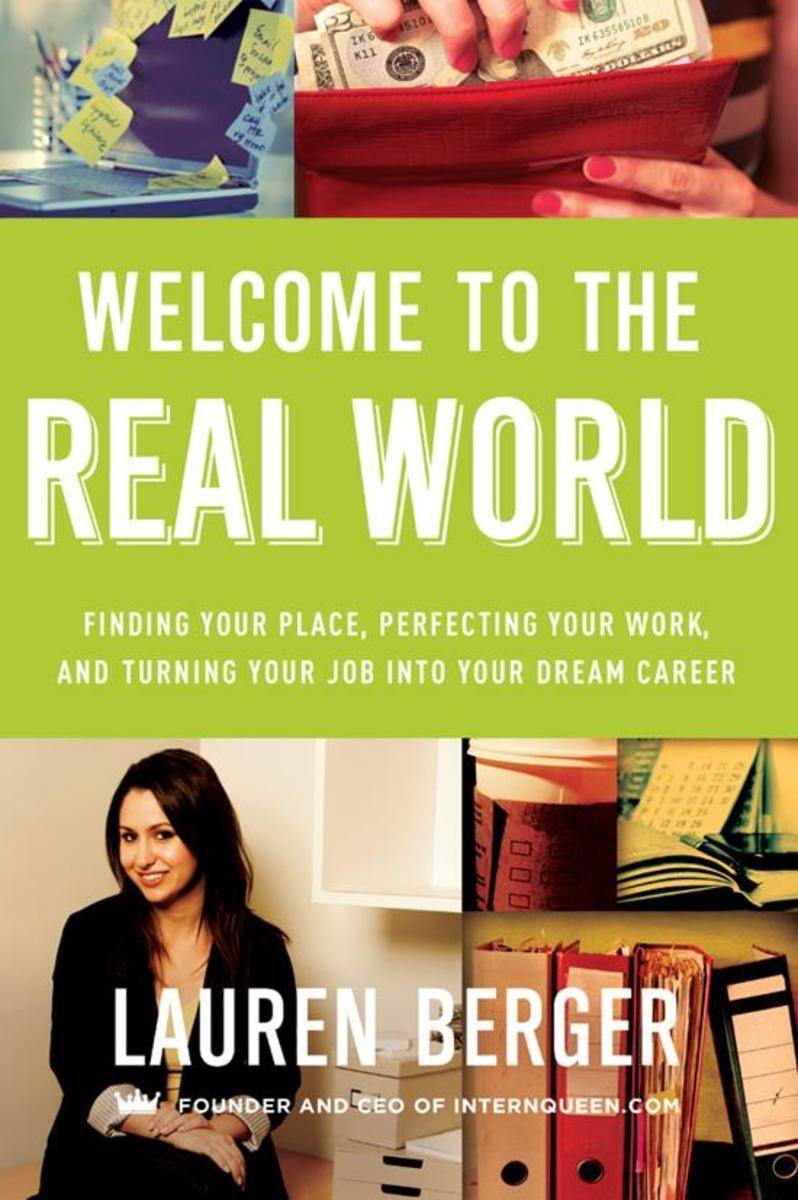
Welcome to the Real World
¥95.11
It's a challenging time to be young and new in the workplace. Your parents can't help the rules have all changed. In Welcome to the Real World, career expert and entrepreneur Lauren Berger arms you with the tools you need to succeed. She's been in your shoes just a few years ago she was you. This handbook tells you everything you need to know to make the most of your first on-the-job experience, including how to think about the big picture deal with rejection effectively manage your time navigate sticky situations in the office and communicate with different personality types embrace entrepreneurship regardless of position, rank, or title organize your financial situation and personal life get promoted and (one day) take your boss's job! In a world defined by uncertainty, Lauren shows you how to be bold, take risks, and understand your value.
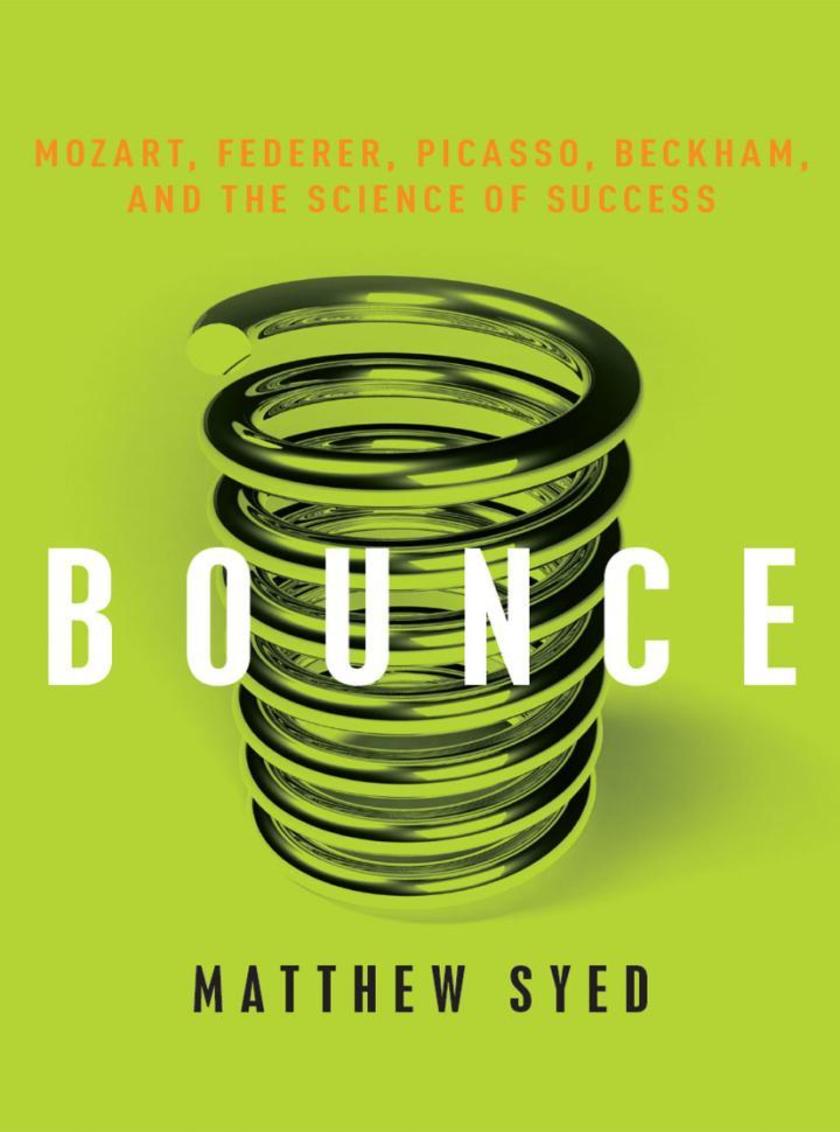
Bounce
¥95.11
Why have all the sprinters who have run the 100 meters in under ten seconds been blackWhat's one thing Mozart, Venus Williams, and Michelangelo have in common?Is it good to praise a child's intelligenceWhy are baseball players so superstitiousFew things in life are more satisfying than beating a rival. We love to win and hate to lose, whether it's on the playing field or at the ballot box, in the office or in the classroom. In this bold new look at human behavior, award-winning journalist and Olympian Matthew Syed explores the truth about our competitive nature why we win, why we don't, and how we really play the game of life. Bounce reveals how competition the most vivid, primal, and dramatic of human pursuits provides vital insight into many of the most controversial issues of our time, from biology and economics, to psychology and culture, to genetics and race, to sports and politics. Backed by cutting-edge scientific research and case studies, Syed shatters long-held myths about meritocracy, talent, performance, and the mind. He explains why some people thrive under pressure and others choke, and weighs the value of innate ability against that of practice, hard work, and will. From sex to math, from the motivation of children to the culture of big business, Bounce shows how competition provides a master key with which to unlock the mysteries of the world.
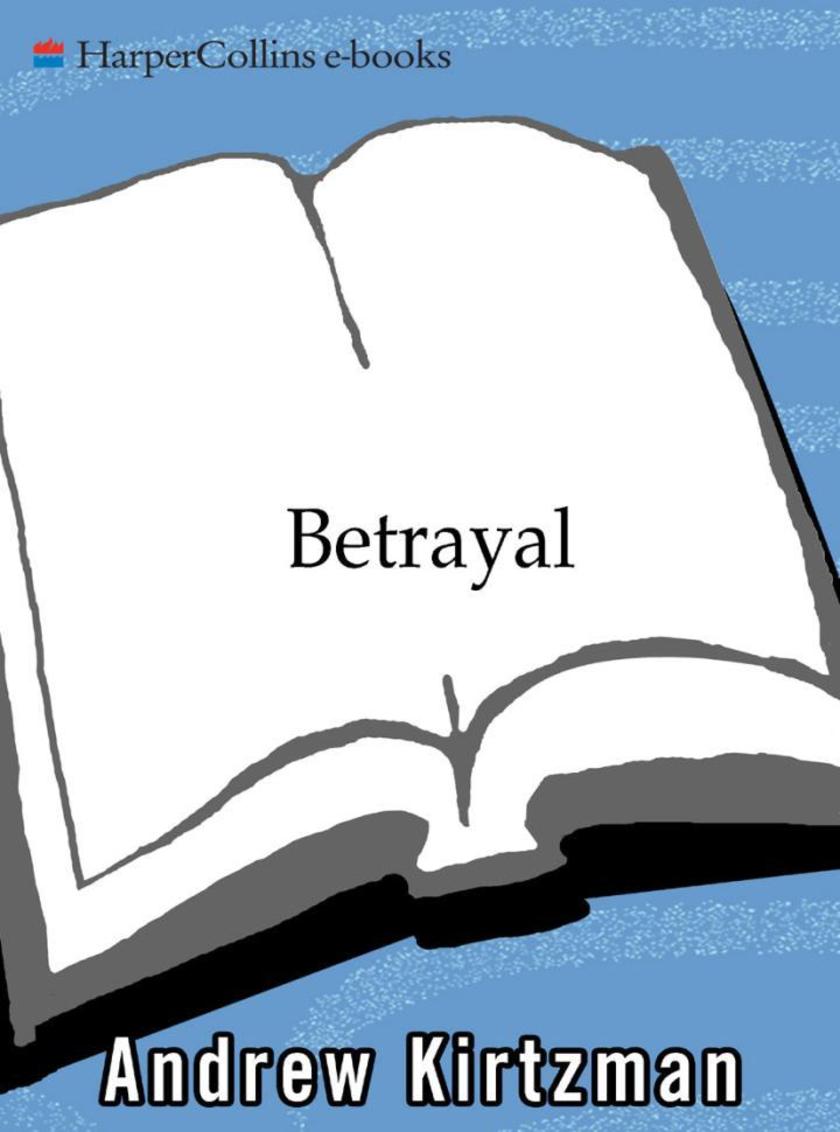
Betrayal
¥90.77
It was an inconceivable deception: over $65 billion stolen in the world's largest Ponzi scheme. Including new and revealing interviews with those who worked closest to himand his family, Betrayal is an in-depth, penetrating look at the man who perpetrated history's most notorious financial crime. To the people who knew him, Bernie Madoff was a kind and honorable person; a loving father and husband; generous to his employees and charitable even to strangers. On Wall Street, he was known as a wise elder statesman, wildly successful in his investments but never too risky with people's money. He was so revered and trusted that thousands placed their life savings with him, and he in turn provided them with early retirements and affluent lifestyles.But on December 11, 2008, Madoff confessed that he'd lied to them all. The monthly financial statements he'd sent customers for decades were all works of fiction. Their money was gone.Despite the crush of media attention on Madoff's scam, little is known about Madoff himself. What could lead a seemingly good man to ruin the lives of everyone who ever cared about himWhat caused Bernie Madoff to commit an unspeakable act of betrayal, bankrupting his family, his friends, his mentors, and thousands of investors who depended upon him for their livelihoodsBetrayal: The Life and Lies of Bernie Madoff is about the man who realized that he could have everything he wanted if he simply lied to the people who trusted him the most. Author Andrew Kirtzman tracked down more than a hundred people from Madoff's past, from the first girl he ever kissed to family members who played in his house as children; from his secretaries to his drivers; from traders at his company to his inner circle of friends. He pored through thousands of pages of court records; private e-mails; phone-conversation tran*s; and census, military, and immigration records. The result is a fascinating story about the rise of a deeply immoral man.Kirtzman describes Madoff's feelings of inferiority and humiliation as a child, and his obsession with making money to prove himself worthy as he grew older. He reveals Madoff's construction of a criminal enterprise at a young age, long before he's ever claimed it began. He paints a picture of a loving yet strange family that ran a multibillion-dollar corporation like a small family restaurant. He offers an inside look at life within the company and the characters who worked on the infamous seventeenth floor. He reveals the details of an underground flow of cash that no one has known about until now. And he chronicles the desperate moments leading up to Madoff's fall, from the perspective of the people who spent the last hours with him before his house of cards collapsed.
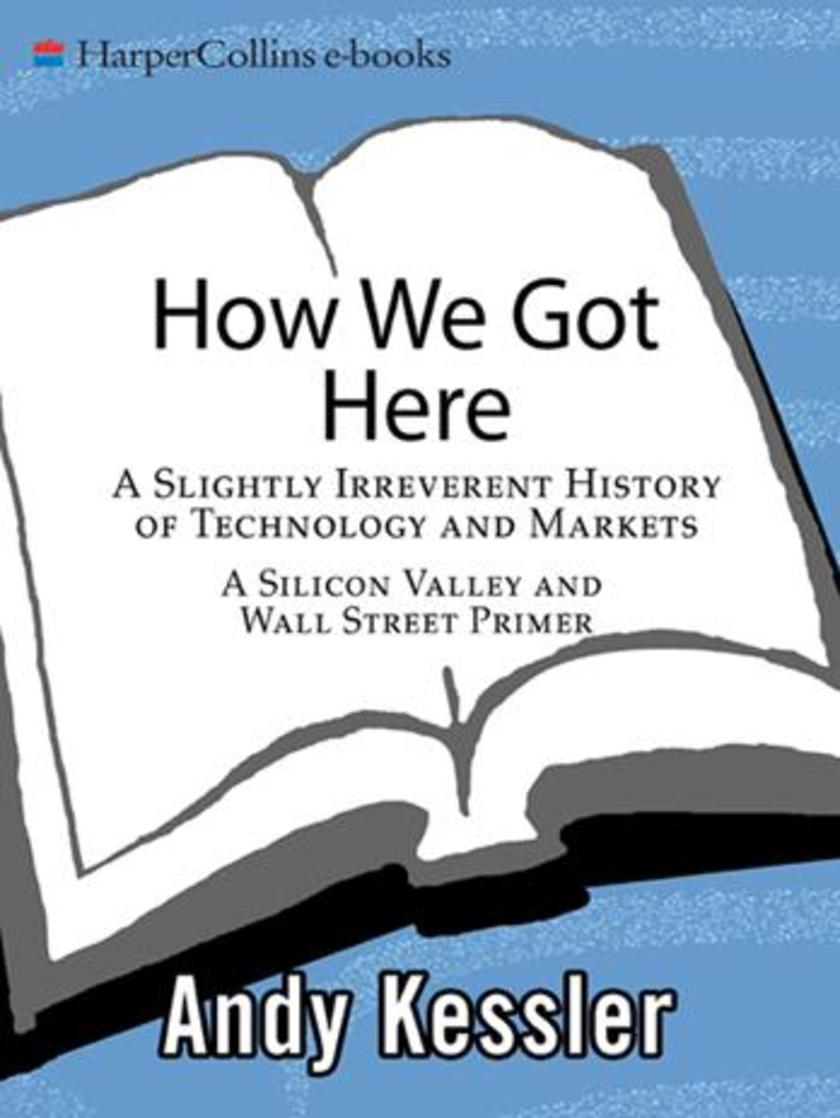
How We Got Here
¥83.03
Best-selling author Andy Kessler ties up the loose ends from his provocative book, Running Money, with this history of breakthrough technology and the markets that funded them.Expanding on themes first raised in his tour de force, Running Money, Andy Kessler unpacks the entire history of Silicon Valley and Wall Street, from the Industrial Revolution to computers, communications, money, gold and stock markets. These stories cut (by an unscrupulous editor) from the original manu* were intended as a primer on the ways in which new technologies develop from unprofitable curiosities to essential investments. Indeed, How We Got Here is the book Kessler wishes someone had handed him on his first day as a freshman engineering student at Cornell or on the day he started on Wall Street. This book connects the dots through history to how we got to where we are today.
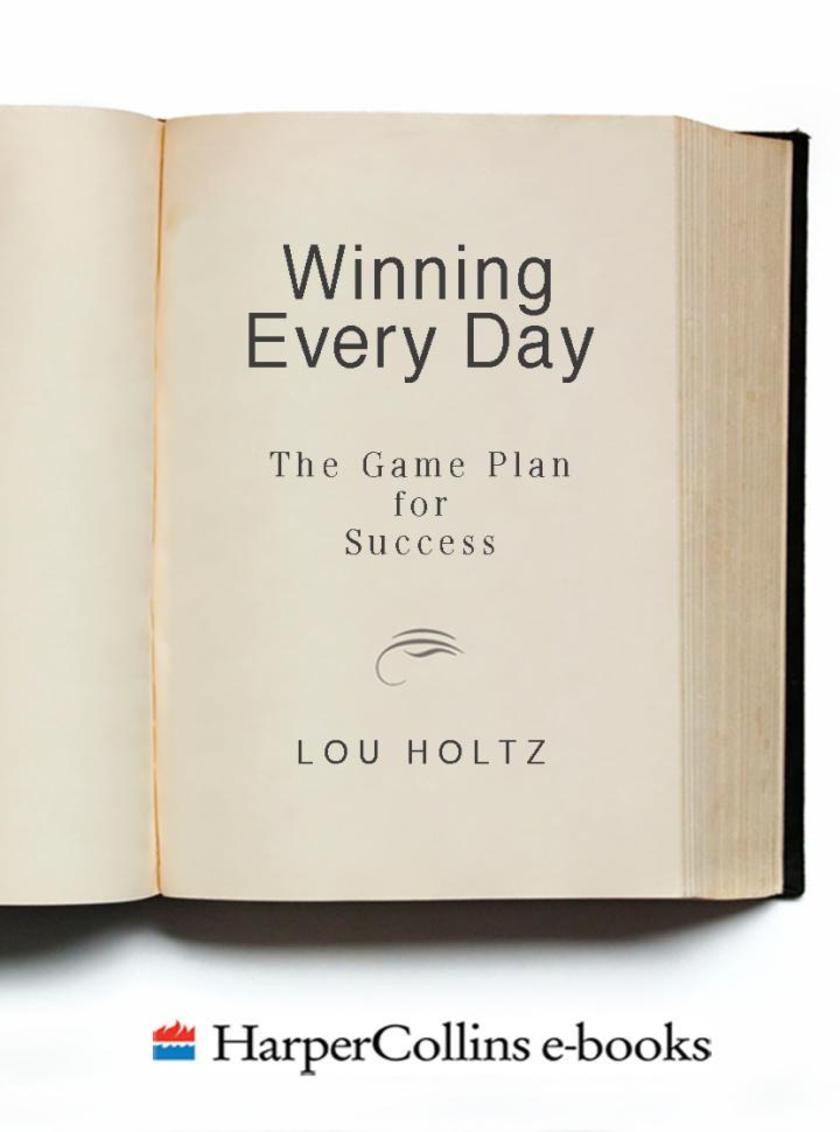
Winning Every Day
¥94.10
Your talent determines what you can do. Your motivation determines how much you are willing to do. Your attitude determines how well you do it. Meet Lou Holtz, the motivational miracle worker who revitalized the Notre Dame football program by leading the legendary Fighting Irish to nine bowl games and a national championship. During his twenty-seven years as a head football coach, Holtz garnered a 216-95-7 career record. Each new assignment brought a different team with different players, but, invariably, the same result--success. How did he do itBy designing a game plan for his players that minimized obstacles while maximizing opportunities. Now he wants to pass his game plan on to you. In Winning Every Day, you'll discover ten strategies that will drive you to the top of your professional and personal life. Coach Holtz will reveal how you can acquire the focus and commitment it takes to be a champion. It won't be easy; it takes sacrifice to be the best. But now you'll have a proven winner alongside you in the trenches. Winning Every Day demonstrates how you can elevate your performance while raising the standards of everyone around you. Follow Coach's strategies and winning becomes habitual. You will learn to welcome sacrifice as you dedicate yourself to excellence. He will show you how to clearly define your short-term and long-term goals, to develop an unwavering sense of purpose without compromising flexibility. Through it all, Coach Holtz will help you discover the courage you need to live a life of unremitting triumph. You couldn't have a better guide. He will provide you with the strategies he has shared with Fortune 500 companies, groups, and organizations. Voted the top motivational speaker two years running by a survey of speakers' bureaus, Coach is going to present you with all the Xs and Os, the basics of his game plan for success in life and business.
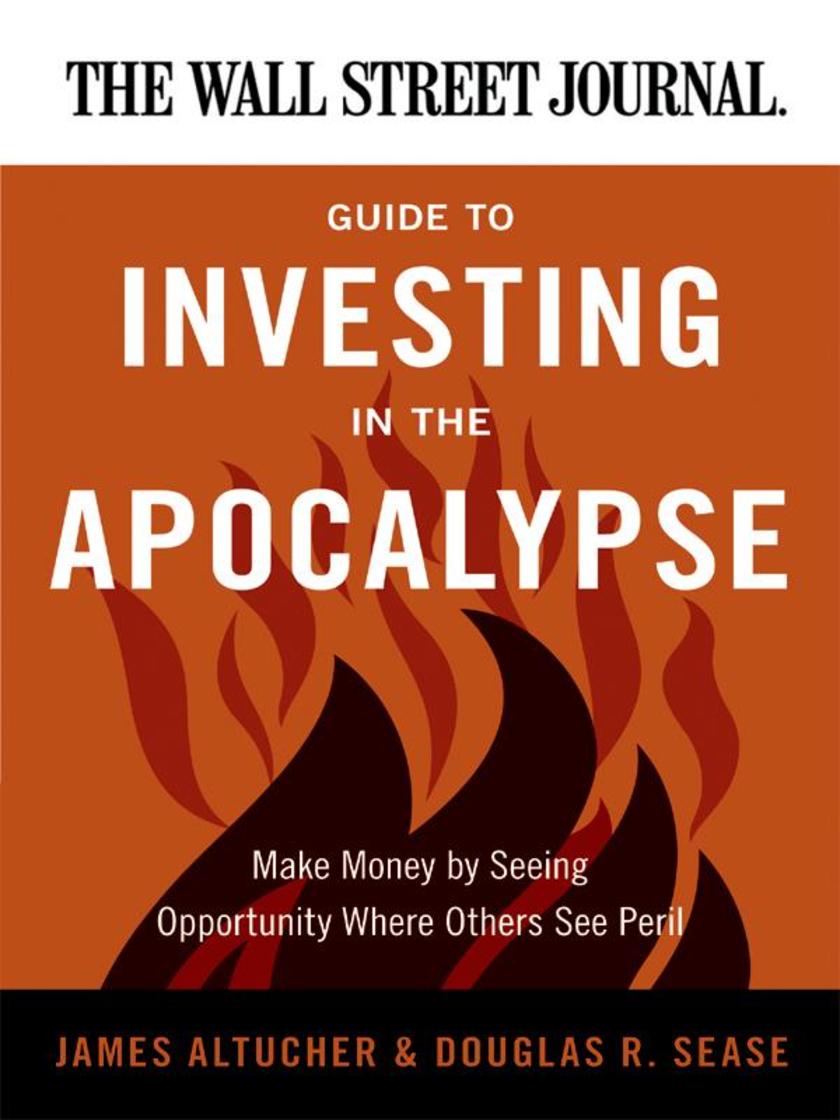
The Wall Street Journal Guide to Investing in the Apocalypse
¥88.56
Disasters happen every day. Are your investments preparedThe investor who knows how to anticipate historically significant or earth-shattering events who is prepared to act when others are frozen with fear will always have a substantial advantage. By closely analyzing potential global threats and the opportunities they present, The Wall Street Journal Guide to Investing in the Apocalypse offers investors the key to finding a silver lining in almost any cataclysm. Even if the catastrophic does not occur, the strategies here can pay huge dividends even under more mundane circumstances.The Wall Street Journal Guide to Investing in the Apocalypse provides readers with valuable information for investment success: the ability to see opportunity where others see peril. Whether a global disaster is natural or man-made, environmental or financial, every fearsome scenario contains the seeds of profit for the investor who stays calm and thinks rather than panics and runs.




 购物车
购物车 个人中心
个人中心



